Making a plaster cast of an animal track is fairly simple and there’s only a few inexpensive materials you’ll need.
- Plaster of Paris – you can find this at any hardware or home improvement store. It comes in a 5 pound box shaped like a milk carton. One box is plenty for most tracks. I carry my plaster in a ziploc freezer bag.
- Cardboard or heavy paper strips to make a dam or enclosure around the track to pour the plaster in. You can just use mud, sticks or rocks and skip carrying the paper strips.
- Spoon or knife for mixing, again you can use a stick and eliminate carrying extra tools and weight.
- Paper clip or picture hanger to insert in the cast if you wish to hang it on a wall.
- Water, you can carry water with you but I always carry 1 or 2 extra ziploc bags to gather my own water after I find a track to cast. I may have to hike a ways to gather water but it’s much easier than carrying extra weight around all day.
The video below will show you step by step on how to plaster cast an animal track. Enjoy and enjoy the Outdoors!!
Plaster Casting Animal Tracks






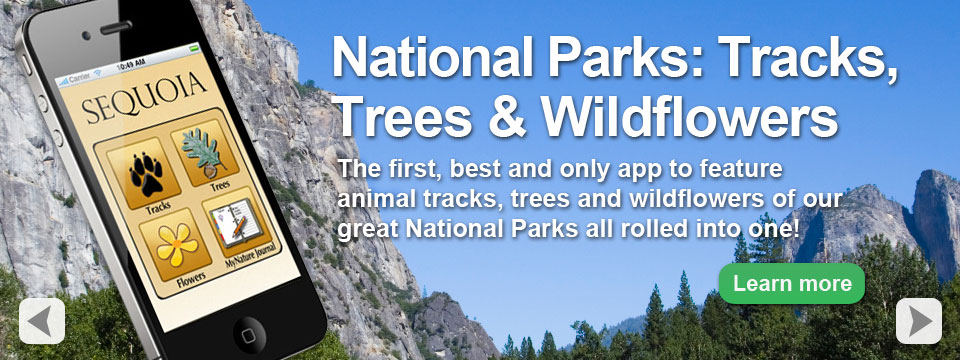
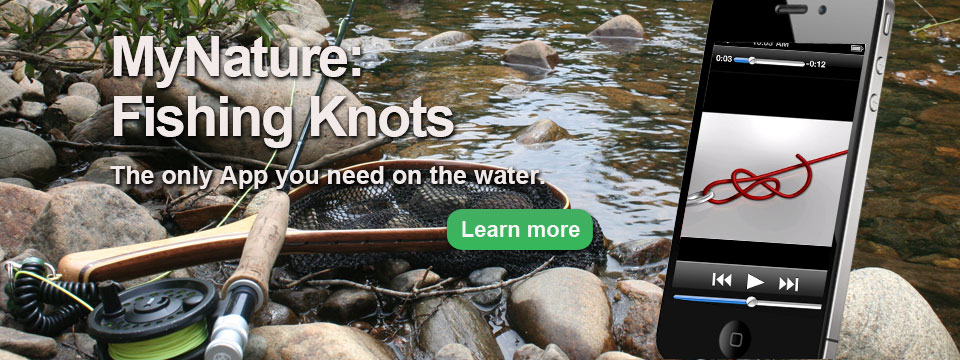


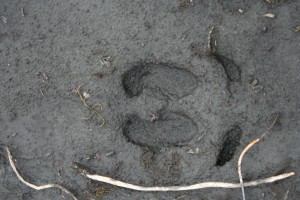
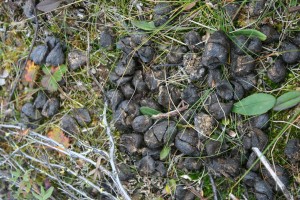
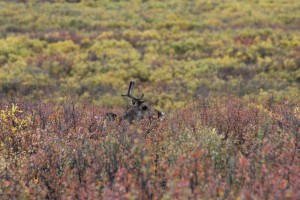
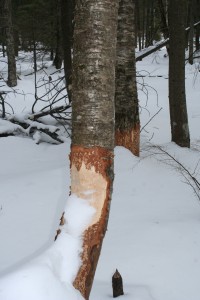
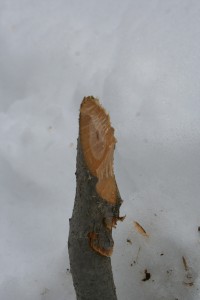
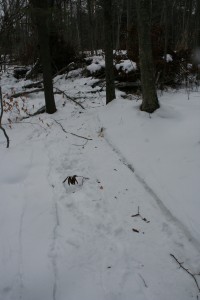


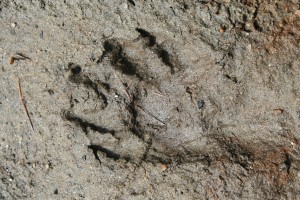
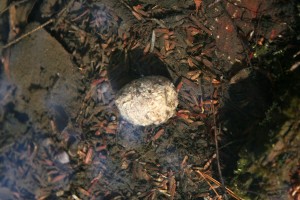
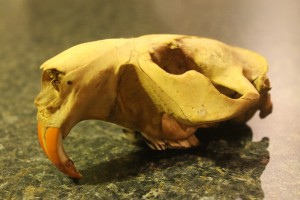
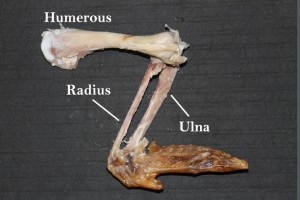


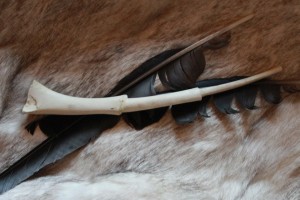

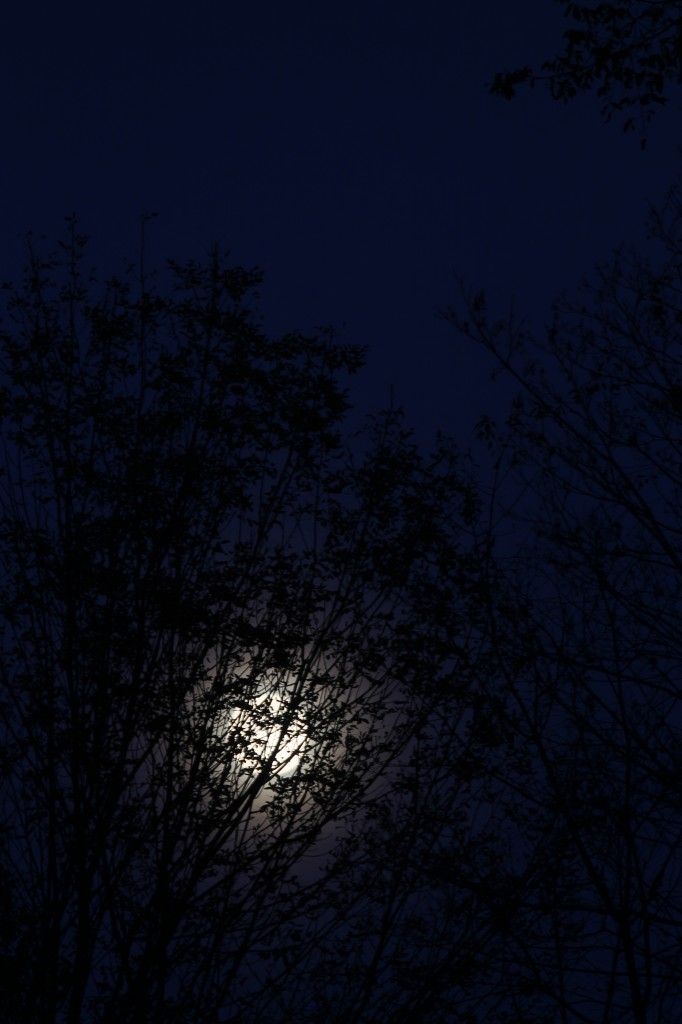
 MyNature Animal Tracks has been reviewed by on 08 Dec 2011. Based on the user interface, features and complexity, Findmysoft has rated MyNature Animal Tracks 5 out of 5 stars, naming it Essential
MyNature Animal Tracks has been reviewed by on 08 Dec 2011. Based on the user interface, features and complexity, Findmysoft has rated MyNature Animal Tracks 5 out of 5 stars, naming it Essential 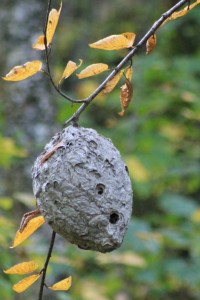 They may hibernate underground, in tree cavities, old buildings or even nests of other animals or insects. The old queen and worker bees die of exposure to cold temperatures or from starvation and the nest is left abandoned. The next Spring the queen bees form new colonies and nests of their own where the process starts again.
They may hibernate underground, in tree cavities, old buildings or even nests of other animals or insects. The old queen and worker bees die of exposure to cold temperatures or from starvation and the nest is left abandoned. The next Spring the queen bees form new colonies and nests of their own where the process starts again.
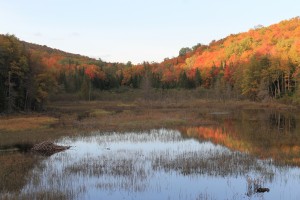




What Others Have to Say